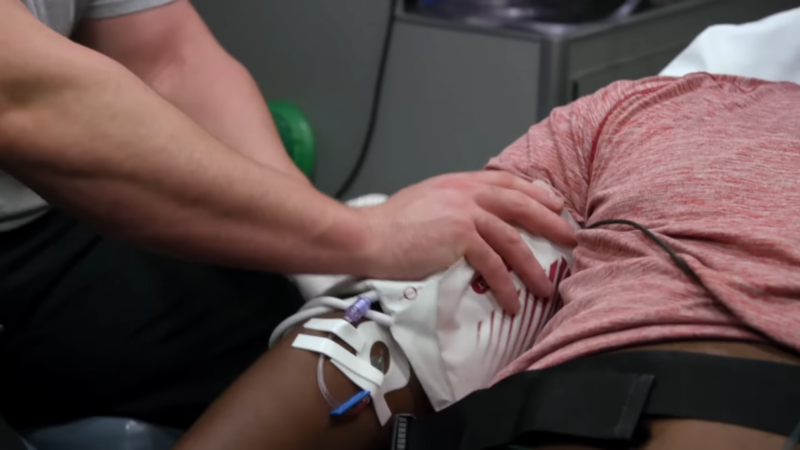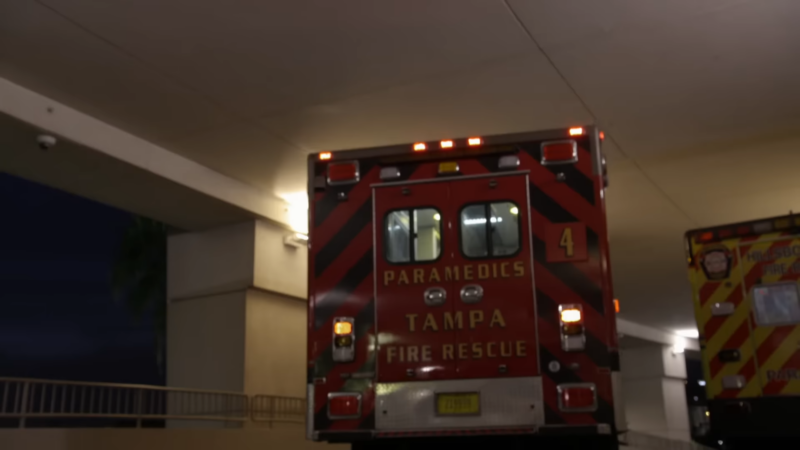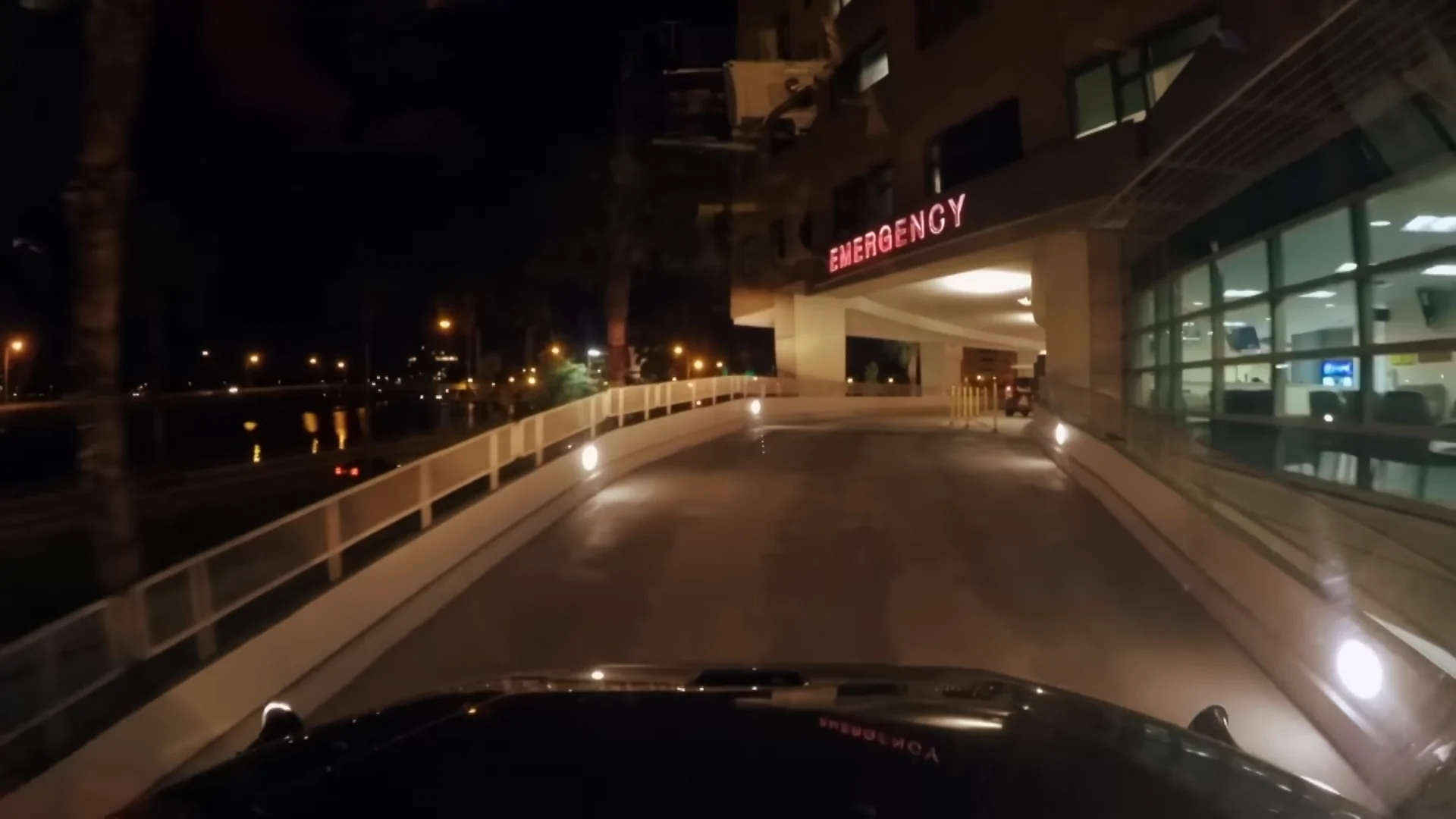Emergency Medical Services (EMS) play a vital role in saving lives, especially in critical situations where every second counts.
The time it takes for paramedics to respond to an emergency call, known as response time, can mean the difference between life and death.
This response time is particularly crucial in cases involving cardiac arrest, severe trauma, or other life-threatening emergencies.
Table of Contents
ToggleImportance of Quick Response in Medical Emergencies

The concept of the “golden hour” is often emphasized in emergency medicine. This refers to the critical first 60 minutes following a traumatic injury or life-threatening event.
During this window, the prompt delivery of medical care can drastically improve patient outcomes and reduce the risk of long-term complications or death.
Medical professionals agree that getting patients stabilized and treated within this period can mean the difference between life and death.
- The first hour after a traumatic event where medical intervention is most effective.
- Studies indicate that rapid treatment within this window can cut mortality rates by up to 25% for severely injured patients.
- Immediate response can significantly reduce the risk of brain damage, blood loss, or other severe complications.
Studies have repeatedly shown that the quicker the response time, the higher the likelihood of survival, particularly in cases like cardiac arrest, where brain damage can occur within minutes due to lack of oxygen.
For trauma patients, reducing the time to receive advanced medical care can significantly decrease mortality rates, especially in critical cases where the body is on the brink of shock or organ failure.
Cardiac Arrest Statistics
- Brain cells begin to die within 4 to 6 minutes without oxygen.
- Chances of survival decrease by 7% to 10% for every minute without defibrillation or CPR.
- Response times of less than 5 minutes can double the chances of survival.
A study published in the Emergency Medicine Journal highlights that every minute of delay in response to a cardiac arrest reduces the chances of survival by 7% to 10%.
Furthermore, rapid intervention can prevent conditions like severe blood loss from turning fatal.
In the last couple of years, a medical backpack for first aid responders has become a standard, which ultimately leads to faster responses.
Rapid Response Benefits
- For stroke victims, quick medical intervention can limit brain damage and improve recovery.
- For trauma patients, stopping bleeding early can be life-saving, especially in cases of internal injuries.
- Faster response times lead to better functional outcomes, reducing rehabilitation time and healthcare costs.
On the flip side, delays in response times can result in irreversible damage or death. Thus, quick and efficient EMS response is not just a matter of speed but is a key determinant in patient survival and recovery.
Analysis of Response Time Perceptions vs. Reality

While response times are a critical metric for EMS, perceptions of these times often differ drastically from reality.
According to a study conducted by the Open Access Emergency Medicine (OAEM) journal, patients’ relatives frequently perceive the response time as significantly longer than it actually is.
The discrepancy can largely be attributed to the emotional stress and anxiety experienced during an emergency. When a loved one is in critical condition, even a five-minute wait for an ambulance can feel like an eternity.
Key factors affecting response time perceptions include:
- During emergencies, relatives often experience intense anxiety, which can distort their perception of time. A minute may feel like ten, especially when the stakes are high.
- If the ambulance is not immediately visible to those waiting, it can lead to the assumption that there is a delay. For instance:
- High-rise buildings and crowded streets can obstruct the view of incoming emergency vehicles.
- Sparse infrastructure and longer travel distances may exacerbate the perception of delayed response.
- When bystanders or relatives do not receive regular updates on the ambulance’s status, they are more likely to believe that the response is taking longer than expected. Effective communication can mitigate this issue.
During high-stress situations, the human brain tends to overestimate time intervals, exacerbating the feeling that EMS took too long to arrive.
Other contributing factors include:
- The chaotic nature of an emergency scene can make time feel stretched, especially if sirens or commotion are involved.
- Individuals who have had negative past encounters with emergency services may be more inclined to perceive response times as slow, even if they are within the average range.
Factors Contributing to Delayed Response Times
Several factors can impact EMS response times, many of which are beyond the control of paramedics.
1. Traffic Congestion

Traffic congestion is one of the most significant barriers to quick EMS response, especially in densely populated urban areas. Despite having priority on the road, ambulances can still struggle to maneuver through heavy traffic.
Gridlocked streets, especially during peak hours, can make it nearly impossible for emergency vehicles to reach their destination swiftly.
While emergency sirens and lights are designed to alert other drivers, not all motorists respond promptly, further slowing the progress of ambulances.
2. Dispatch Efficiency
Delays often start at the dispatch center. The time it takes to process an emergency call and assign an available ambulance can cost precious seconds if not minutes.
Inefficient communication systems, lack of streamlined dispatch protocols, or inadequate training can lead to errors or delays in dispatching the nearest available unit.
High call volumes during peak times can overwhelm dispatch centers, causing bottlenecks that delay response times.
3. Resource Limitations
Rural area face declining emergency medical services due to staffing shortages and financial strain. Here’s how EMS providers can help.https://t.co/tSNAslMqmb
— JEMS – EMS (@jemsconnect) March 7, 2024
EMS agencies often face limited resources, including staffing shortages and an inadequate number of ambulances.
When there are too few paramedics or emergency vehicles available, response times can be significantly delayed, especially during emergencies that require multiple units.
The availability of EMS units can also be constrained by financial limitations, leading to reduced services, fewer stations, or outdated equipment that hinders the speed of response.
4. Systemic Challenges and Bureaucracy
Systemic challenges within the EMS framework, such as outdated dispatch protocols and bureaucratic procedures, can also contribute to delayed response times.
For instance, rigid protocols that require multiple approvals or outdated communication systems can slow down the process of dispatching an ambulance.
Excessive bureaucracy can prevent EMS agencies from adopting new technologies or procedures that could streamline their operations.
5. Impact of the COVID-19 Pandemic
The COVID-19 pandemic introduced unprecedented challenges to EMS systems worldwide.
The increased demand for emergency services, coupled with the need for additional safety measures, led to longer response times.
Paramedics had to don personal protective equipment (PPE) before attending to patients, which added crucial minutes to their response time.
The pandemic also exacerbated staffing shortages as many EMS workers were infected, quarantined, or experienced burnout.
The Bottom Line
The evidence is clear: faster EMS response times are crucial for improving patient survival rates, especially in life-threatening emergencies.
Continued investment in EMS infrastructure, staffing, and technology is essential to enhance response times and patient outcomes.
Optimizing both the speed and quality of emergency medical responses will be key to saving more lives.












